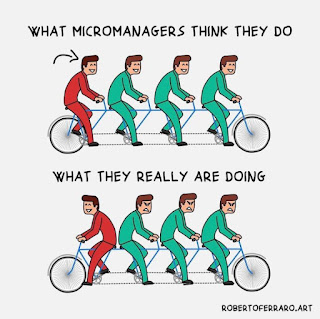How Can Attendance Tracker Apps Boost Employee Productivity?
Imagine a tool that helps everyone at work do their jobs better and makes the whole team work together like superheroes. That's what Attendance Tracker Apps can do! These special computer programs don't just keep track of when people come to work—they also have secret powers that make everyone more productive. In this article, we'll explore how Attendance Tracker Apps can boost employee productivity, making work more fun and getting things done faster and better. Let's dive in and discover the magic behind these productivity superheroes! Streamlined Time Management Embrace Efficiency with Real-time Tracking Say goodbye to traditional attendance methods. Attendance Tracker Apps offer real-time tracking, providing employers with instant insights into their workforce's availability. This streamlines time management by eliminating manual processes, allowing teams to focus on tasks rather than attendance paperwork. Employee Accountability Foster Responsibility Through Au
